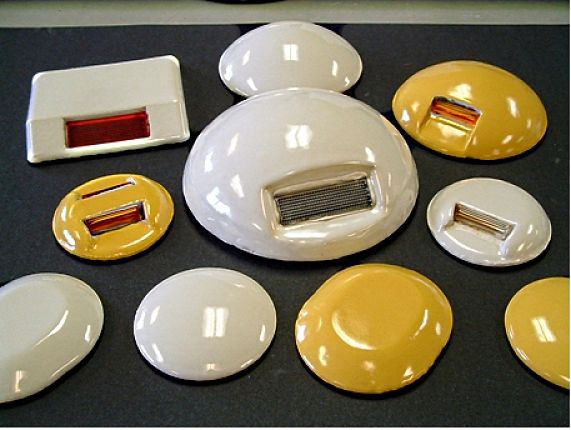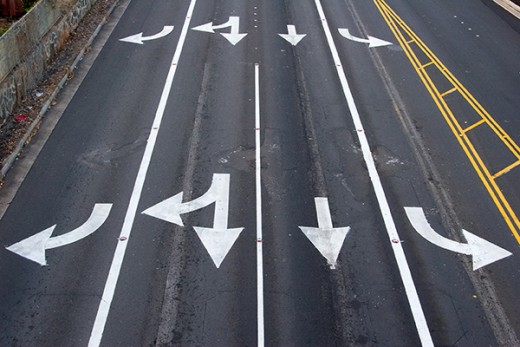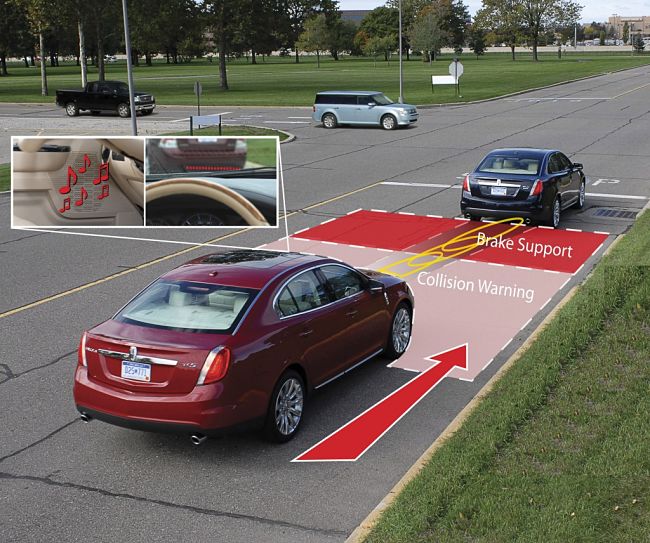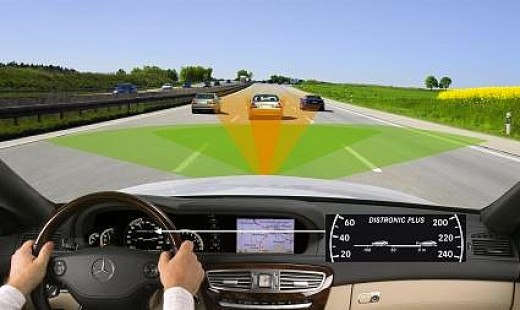Smart Cars Need Smart Roads That Indicate Speed Limits
Ford has recently announced that it has developed a car system that can read road signs and make the car adjust its speed accordingly. It is an enhancement of the 'cruise control' system that many cars have installed. The speed control system that reads signs can be switched-on and off via buttons on the steering wheel or by pressing on the accelerator or brake. This is designed to improve safety and help drivers avoid traffic fines. The trouble with these systems is that the speed signs and other advisory speed indicators are hard to read and not placed frequently enough for drivers to be aware what speed limit applies to the section of the road they are driving on.
What is really needed is 'smart roads' that continually 'tell' drivers or indicate the speed limits without having to rely on infrequent signs. While there are futuristic plans for speed restrictions to be transmitted to the car's computer systems, such plans are along way off. This article explores many simple ways in which roads can be made smart and informative to drivers.




Better Speed Indicators for Human Drivers
How Roads Could Signal Speed Changes?
Effective signage or signals needs to be displayed all the time.
Having continuously visible signs is too expensive.
The electronic signalling is way off in the future.
The obvious tools are the lane markers and painted lines on the road.
These markers and lines could be color coded for various speeds.
Reflectors could be a similar color to provide the signal at night.
The regular spaced signs could be color coded as well so that drivers would quickly associate colors with speed limits.
How Could Color-Coded Markers on the Road Link to Automatic Speed Adjusters (Cruise Control Devices)
The new Ford system, called the Intelligent Speed Limiter, has a system for automatically reading speed signs and adjusting the maximum cruise speed for the vehicle. Such a system could be adapted to read the colors on the line indicators and lines painted on then road. This would be much more reliable because the signs on the road are always available. This avoids the risk that the detector could miss a sign when a truck or some other object blocks the visible path. Humans can easily miss signs and so could the new sign-reading sensors.
Would the Proposed Color-Coded Line Markers and Lines on Roads be Expensive?
The answer is "No" because the lanes markers and especially the paint on the road continually need to be re-done. So the new color system could be done as part of the normal maintenance routines. No new technology is required.
How Reliable Would the New Color-Coded Marker System Be?
The trouble with high-tech electronic signalling is that it only requires one part of the crucial pair to fail - the one beside the road and the one in the car. The color coded markers has inbuilt safety because even before electronic systems are developed the human drivers can continuously see the color codes on the road. There is no excuse when drivers are caught speeding and there is less risk of accidents. There may also be less litigation in the courts about the visibility of the signs and whether the electronic sign-reading system was reliable and working properly.
Conclusion
Color coded lane markers and lines painted on the road should be assessed as a way of keeping drivers informed of the speed limits that apply for the section of road on which they are driving.